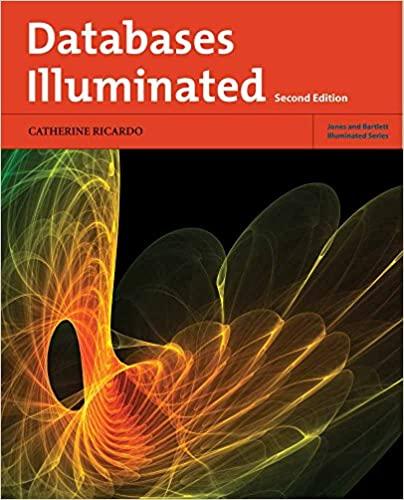Question
Top floor, please. In the posed elevator problem, your assistant notified you that there are 60 workers operating on each of 5 floors atop the
Top floor, please. In the posed elevator problem, your assistant notified you that there are 60 workers operating on each of 5 floors atop the ground floor in your office building - 300 in total. The elevator occupancy is 10 people, and there are 3 elevators in total. In the worst-case scenario in terms of total transition time, on each elevator ride at least one person is getting off at each floor. Naturally, we can ask: what is the probability that an elevator with 10 passengers has none of the 5th floor workers? For that trip, it should reduce the elevator travel time by t45 + texit + t54 = 5 + 15 + 5 = 25sec. To see how often this might happen, we can perform random draws of elevator occupants, and average over a long time. This is a way to check the validity of certain modeling assumptions.
Part 1 Write a script which computes random draws for the 10 elevator occupants, and perform this 1000 times. Count the number of times a 5th floor occupant is present, and divide the that count by 1000. A basic structure for this may look like: N=1000; f o r . . . % loo p o ve r a l l N t r i e s Elev= % g e n e r a t e v al u e s f o r Elev u si ng pseudorandom numbers i f % put a c o n di ti o n on v al u e s to check f o r a 5 th f l o o r worker % inc remen t co u n t e r e l s e % do no thing ( can l e a v e e l s e s ta temen t blank ) end % do more t hi n g s i f n e c e s s a r y end % output count / N A very useful matlab command to look up would be "randi" or similarly "rand". You can refer to Lab 1 for loops, conditionals, vectors, etc.
Part 2 A back-of-the-napkin calculation for this probability can be done using simple combinatorics. Assume that the full pool of workers are available to enter this particular elevator. The probability of there being no 5th floor workers on the 1 elevator is given by: Combinations without 5th floor employees Combinations of all workers = ntotn5 k n5 0 ntot k = 240 10 60 0 300 10 where n5 is the total number of people that work on the 5th floor, k is the number the workers on the elevator, and ntot is the total number of workers. N K is the binomial coefficient stated as "N choose k". Calculate this probability using the MATLAB command "nchoosek".
Answer the following questions in your lab report:
1. How does your value calculated in Part 1 compare to the result of th calculation shown in Part 2?
2. What is probability that a given elevator only contains workers from the 1st, 2nd, and 3rd floors?
3. (Tougher) Given your answers to 1. and 2., can you justify and calculate a more realistic expected transition time than if you were to simply assume each elevator goes to each floor on its travel?
I am getting error in matlab. i also want answers for last three question.
Thank you
Step by Step Solution
There are 3 Steps involved in it
Step: 1

Get Instant Access to Expert-Tailored Solutions
See step-by-step solutions with expert insights and AI powered tools for academic success
Step: 2

Step: 3

Ace Your Homework with AI
Get the answers you need in no time with our AI-driven, step-by-step assistance
Get Started


